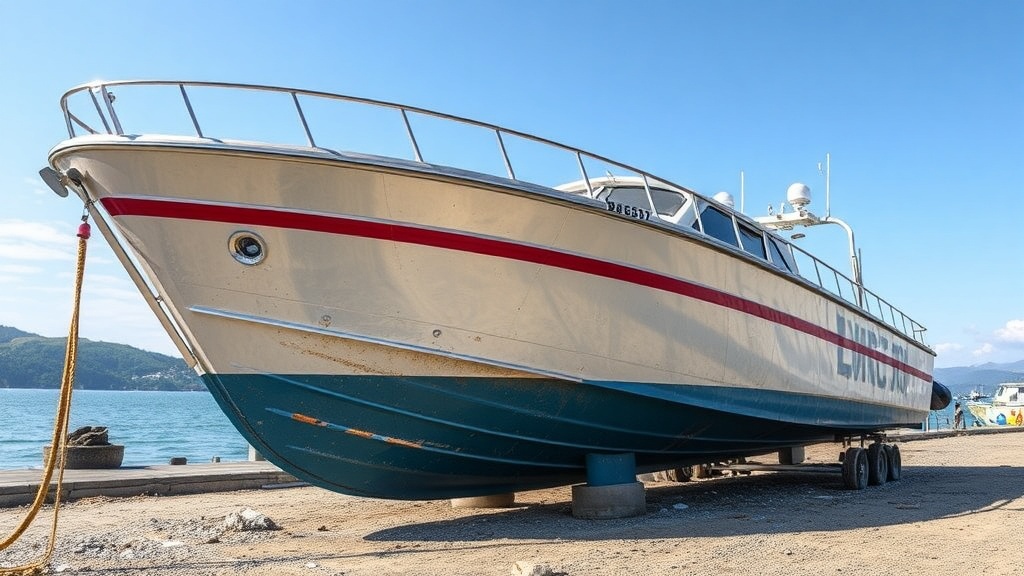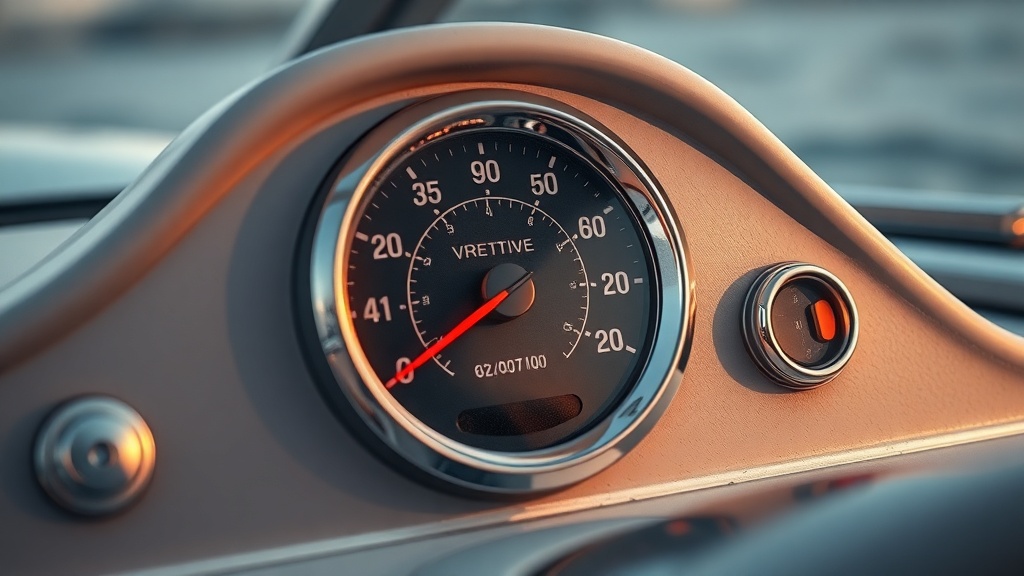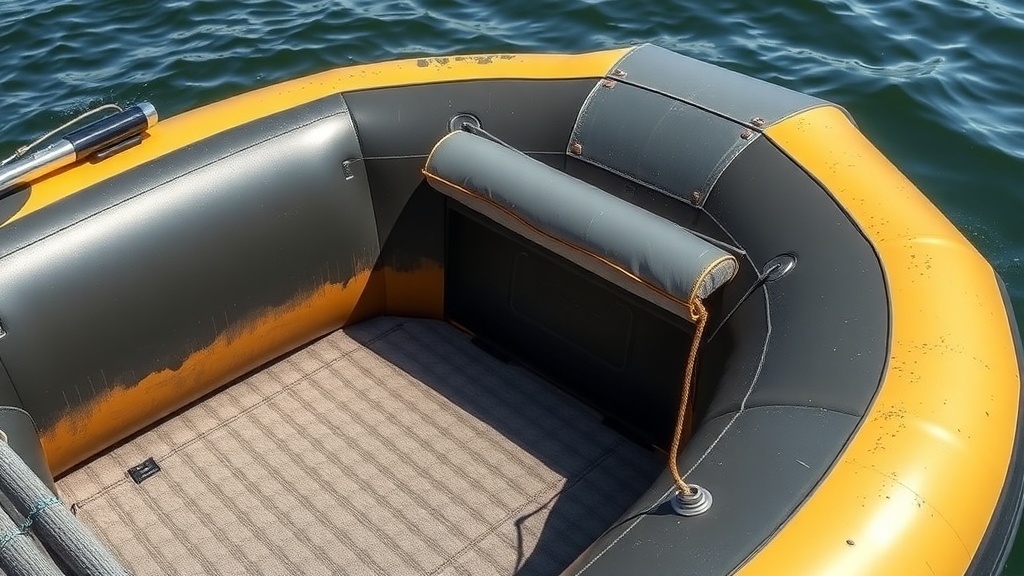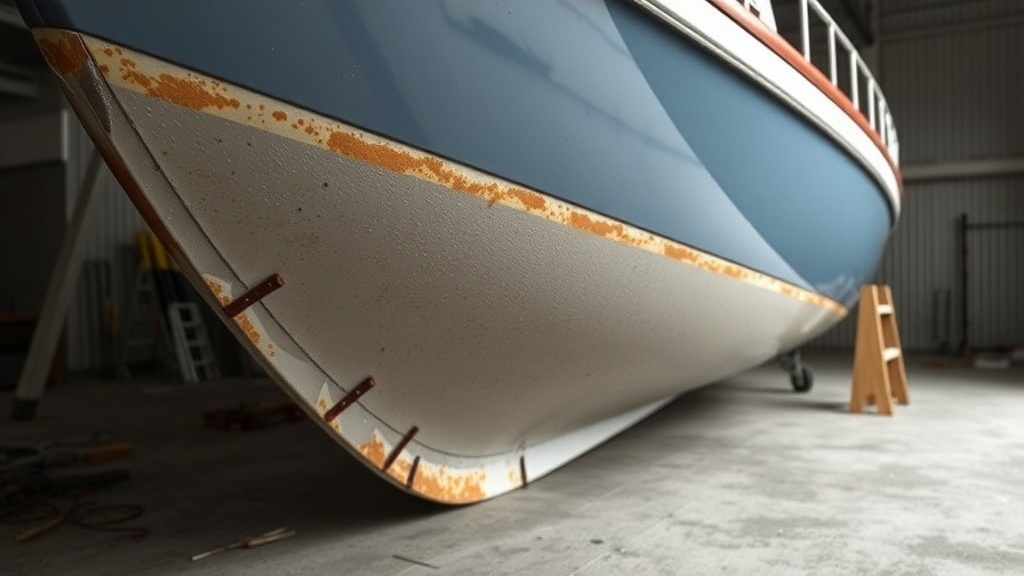Effective Techniques for Repairing an Aluminium Boat Hull
Repairing an aluminium boat hull can seem daunting, but with the right techniques and materials, it’s a job you can tackle effectively. Aluminium is a popular choice for boat hulls due to its lightweight and corrosion-resistant nature. However, it can still sustain damage from impacts, stresses, or wear over time. Here are some effective techniques for repairing an aluminium boat hull.
Assess the Damage
Before diving into repairs, assess the extent of the damage. Look for dents, scrapes, or cracks. Understanding the severity helps you determine the proper repair technique.
- Minor Dents: If the dent is shallow and does not affect the hull’s integrity, you might just need to smooth it out.
- Scratches: Scratches can often be polished out, depending on their depth.
- Cracks: Any cracks will need more attention, especially if they compromise the hull’s structure.
Gather the Right Materials
Having the right tools and materials is crucial for a successful repair. You will need:
- Aluminium welding kit: If you’re dealing with significant cracks or holes.
- Marine sealant: Ideal for sealing minor leaks or scratches.
- Grinding tool: For smoothing out rough edges around damaged areas.
- Metal repair epoxy: Works wonders for reinforcing weak spots.
- Sandpaper and polish: For finishing touches after repairs.
Repair Techniques
Here are some specific techniques tailored for the type of damage you may encounter:
1. Repairing Minor Dents
If the dent is minor, you can often pull it out using a suction cup dent puller or a simple hammer-and-dolly technique. Place a dolly against the back of the dent and gently tap the surface until it’s flush.
2. Treating Scratches
For scratches, begin by sanding the area with fine-grit sandpaper to smoothen the surface. Once repaired, you can apply a marine sealant to protect against further corrosion.
3. Addressing Cracks
If you find cracks, it’s essential to clean the area thoroughly. Use a grinder to remove any debris and oxidized aluminium around the crack. After cleaning, you can either:
- Weld the crack: This is the most reliable method. Use an aluminium welding kit and make sure to follow safe practices.
- Use metal repair epoxy: For smaller cracks or holes, mix the epoxy and fill in the damaged area. Allow it to cure as per the manufacturer’s instructions.
Finishing Up
Once you’ve completed the repair, you should smooth the surface with sandpaper. This step ensures that the hull retains its sleek appearance and minimizes drag while moving through water. After sanding, you can polish the area for further protection.
Regular Maintenance is as vital as the repairs themselves. Inspect your hull regularly for new damage to avoid larger issues later. Use a quality boat cover to protect against weather extremes and maintain the coating to fend off corrosion.
By following these techniques, you can effectively repair your aluminium boat hull and ensure it remains in great shape for years to come. Remember, performing regular maintenance will extend the life of your boat and keep it ready for your next adventure on the water.
Common Types of Damage to Aluminium Boat Hulls and Their Solutions
Aluminium boat hulls are known for their durability, but they are not immune to damage. Understanding the common types of damage and how to repair them can not only extend the life of your boat but also ensure safer journeys on the water. Let’s delve into the frequent issues that affect aluminium boat hulls and explore viable solutions.
Scratches and Surface Gouges
Scratches can occur from various sources, including rough marine environments or improper docking. These surface abrasions might seem minor, but they can lead to corrosion if not addressed promptly.
- Inspect the Damage: Examine the scratched area carefully to determine the depth and extent of the damage.
- Clean the Area: Use soap and water or a specialized marine cleaner to eliminate any dirt or debris.
- Use Aluminium Repair Paste: For shallow scratches, applying a specially formulated aluminium repair paste can fill the grooves and restore the surface.
- Sand and Polish: Once the paste has cured, sand the area with fine-grit sandpaper and polish it to match the hull’s finish.
Dents and Dings
Dents are typically caused by collisions with other boats, docks, or other hard surfaces. They can compromise the integrity of the hull if significant pressure has been applied.
Repairing dents requires a careful approach:
- Evaluate the Dent: Check if the dent has created any cracks that would require more extensive repair.
- Heat the Area: Use a heat gun to warm the area around the dent. This can sometimes make the metal more pliable.
- Apply Pressure: Using a rubber mallet or a dent repair kit, gently work the dent back into place from the inside, if accessible.
- Consider Professional Help: For larger or more complex dents, seeking assistance from a professional may be the best option.
Corrosion and Oxidation
Corrosion is one of the most common issues faced by aluminium hulls due to their exposure to saltwater and humidity. If left untreated, corrosion can lead to significant hull damage.
To combat corrosion, follow these steps:
- Identify Affected Areas: Look for white, powdery residue, which indicates corrosion.
- Clean Thoroughly: Use a soft brush and a mixture of vinegar and water to scrub the corroded areas.
- Apply Anti-Corrosion Coating: Once the area is clean and dry, apply an anti-corrosion paint or coating designed for aluminium.
- Regular Maintenance: Check your hull regularly for early signs of corrosion and act quickly to prevent spreading.
Weld Failures
Welding failures can occur due to poor manufacturing or wear over time. If you notice leaks in welded areas, it’s crucial to address them before they exacerbate.
To repair weld failures:
- Inspect the Weld: Determine if the failure is superficial or if it has caused significant damage.
- Clean the Surface: Remove any paint, dirt, or corrosion using a wire brush or grinder to expose the affected weld.
- Re-Weld Damaged Areas: If you have welding skills, use a MIG or TIG welder to make the necessary repairs. If not, hiring a professional is advisable.
Hull Leaks
Leaks can result from cracks, poor seals, or corrosion. Identifying the source of leaks quickly is essential to avoid sinking or water damage.
Here’s how you can address hull leaks:
- Pressure Test the Hull: Submerge the hull and look for water ingress, or use a leak detection solution.
- Seal Small Leaks: For tiny leaks, marine epoxy can effectively seal the gap.
- Replace Gaskets: Inspect any gaskets or seals around hatches and replace them if they are brittle or damaged.
Properly addressing these common types of damage to aluminium boat hulls ensures that your vessel remains safe and seaworthy. By taking proactive measures and being attentive to its needs, you can enjoy many successful outings on the water.
Conclusion
Repairing an aluminium boat hull might seem like a daunting task, but with the right techniques and knowledge of common damage types, you can restore your boat to its former glory. From small dents and scratches to more serious punctures, being able to identify the issue is the first step towards an effective fix. For minor damages, techniques like sanding, polishing, and employing marine-grade sealants can work wonders, giving your hull a fresh and protective layer.
For larger repairs, understanding welding methods suited for aluminium is essential. Whether you choose gas or TIG welding, knowing the right approach can significantly enhance the durability of the repair. Additionally, keep an eye out for wear and tear due to corrosion, as preventative maintenance is crucial to prolonging the life of your boat.
Regular inspections and prompt repairs are your best allies. Even the simplest fix can save you from costly damage down the line. You can maintain the look and functionality of your aluminium boat hull by routinely checking for damage and implementing effective repair strategies whenever necessary.
Taking these steps not only ensures safety but also enhances your boating experience. Remember, a well-maintained hull contributes to better performance and fuel efficiency as you navigate the waters. Embrace these effective techniques and solutions, and you’ll feel confident in your ability to manage your aluminium boat hull repairs, keeping your vessel ready for every adventure on the water.




